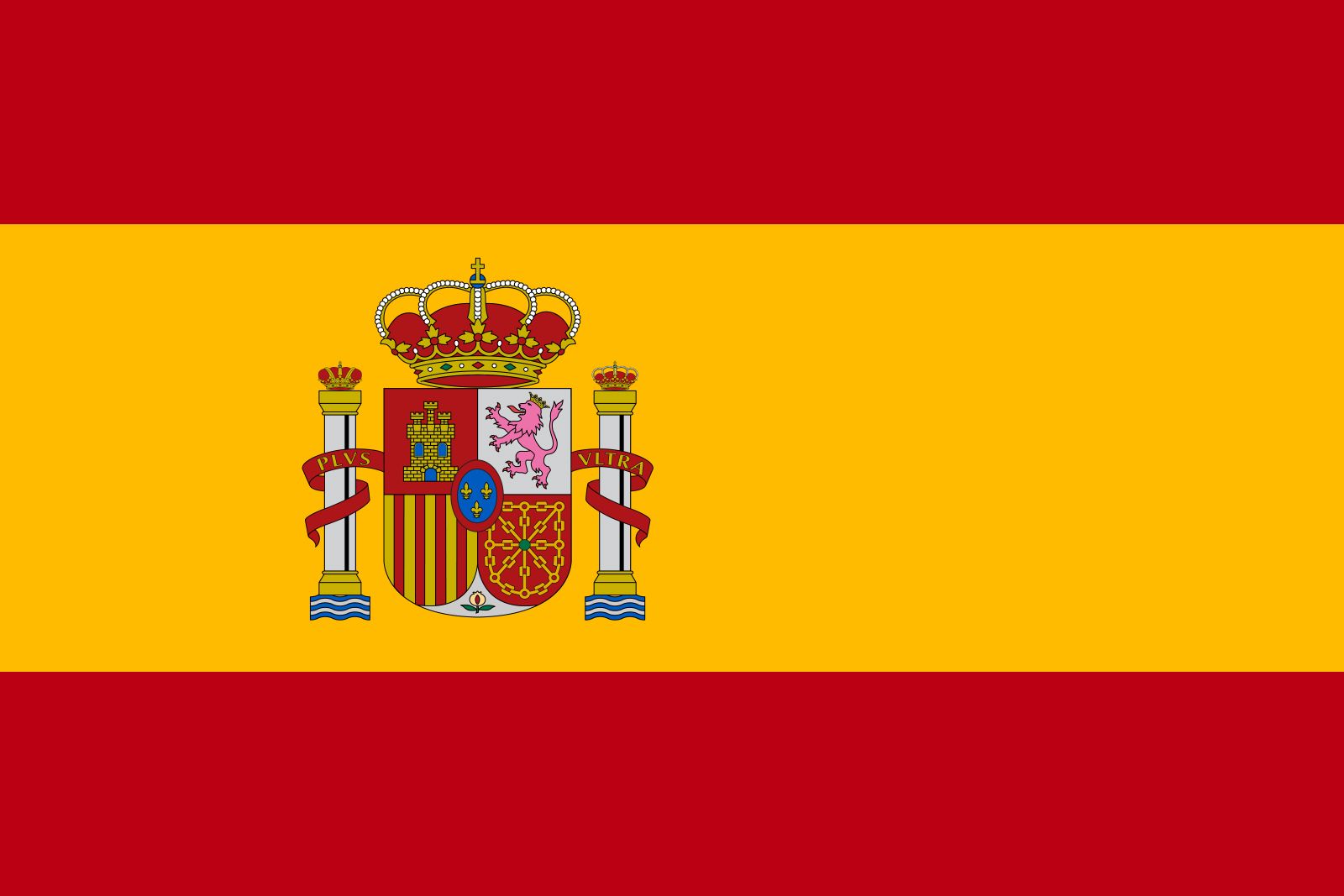Isabella II
Our editors will review what you’ve submitted and determine whether to revise the article.
- Born:
- Oct. 10, 1830, Madrid
- Died:
- April 9, 1904, Paris
- House / Dynasty:
- house of Bourbon
- Notable Family Members:
- father Ferdinand VII
- mother María Cristina de Borbón
- son Alfonso XII
Isabella II (born Oct. 10, 1830, Madrid—died April 9, 1904, Paris) was the queen of Spain (1833–68) whose troubled reign was marked by political instability and the rule of military politicians. Isabella’s failure to respond to growing demands for a more progressive regime, her questionable private life, and her political irresponsibility contributed to the decline in monarchical strength and prestige that led to her deposition in the Revolution of 1868.
The elder daughter of Ferdinand VII by his fourth wife, María Cristina, Isabella was proclaimed queen on her father’s death in 1833. Her right to succeed to the throne was disputed by supporters of her uncle, Don Carlos, and her accession precipitated civil war (First Carlist War, 1833–39). During Isabella’s minority (1833–43), her mother and Gen. Baldomero Espartero, a hero of the civil war, acted successively as regents. In 1843 Espartero was deposed by military officers and Isabella was declared of age.
The period of Isabella’s personal rule (1843–68) was characterized by political unrest and a series of uprisings. Her government was dominated by military politicians, most notably Gen. Ramón María Narváez and the somewhat more liberal Gen. Leopoldo O’Donnell. Liberal opposition to the regime’s authoritarianism became increasingly directed at the queen. Scandalous reports on the private conduct of Isabella, who lived apart from her husband, Francisco de Asís de Borbón, as well as her arbitrary political interference, further damaged the monarchical cause. The abortive uprising of 1866, and the deaths of O’Donnell (1867) and Narváez (1868), weakened her position further. In the autumn of 1868 a successful revolution drove her into exile.

Isabella settled in Paris, where in 1870 she abdicated in favour of her eldest surviving son, the future Alfonso XII (1874–85). She returned to Spain for a time after Alfonso’s accession but was unsuccessful in influencing political affairs.









